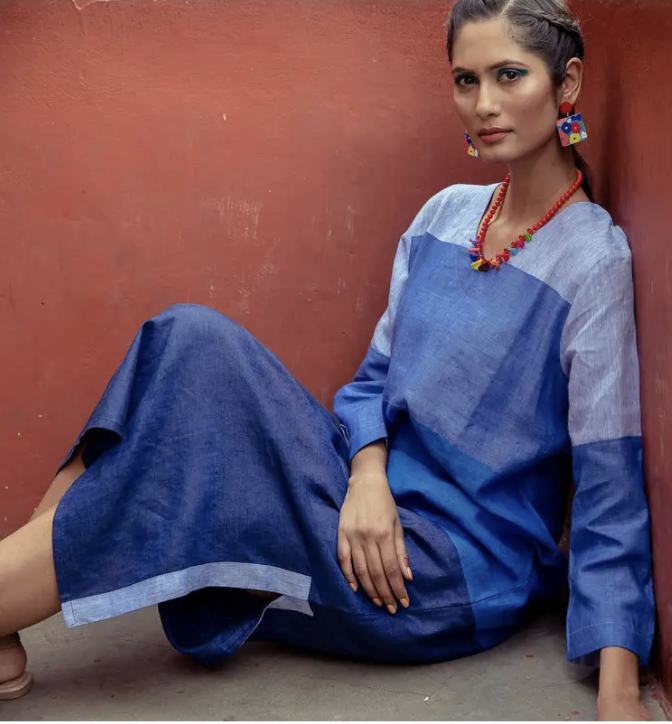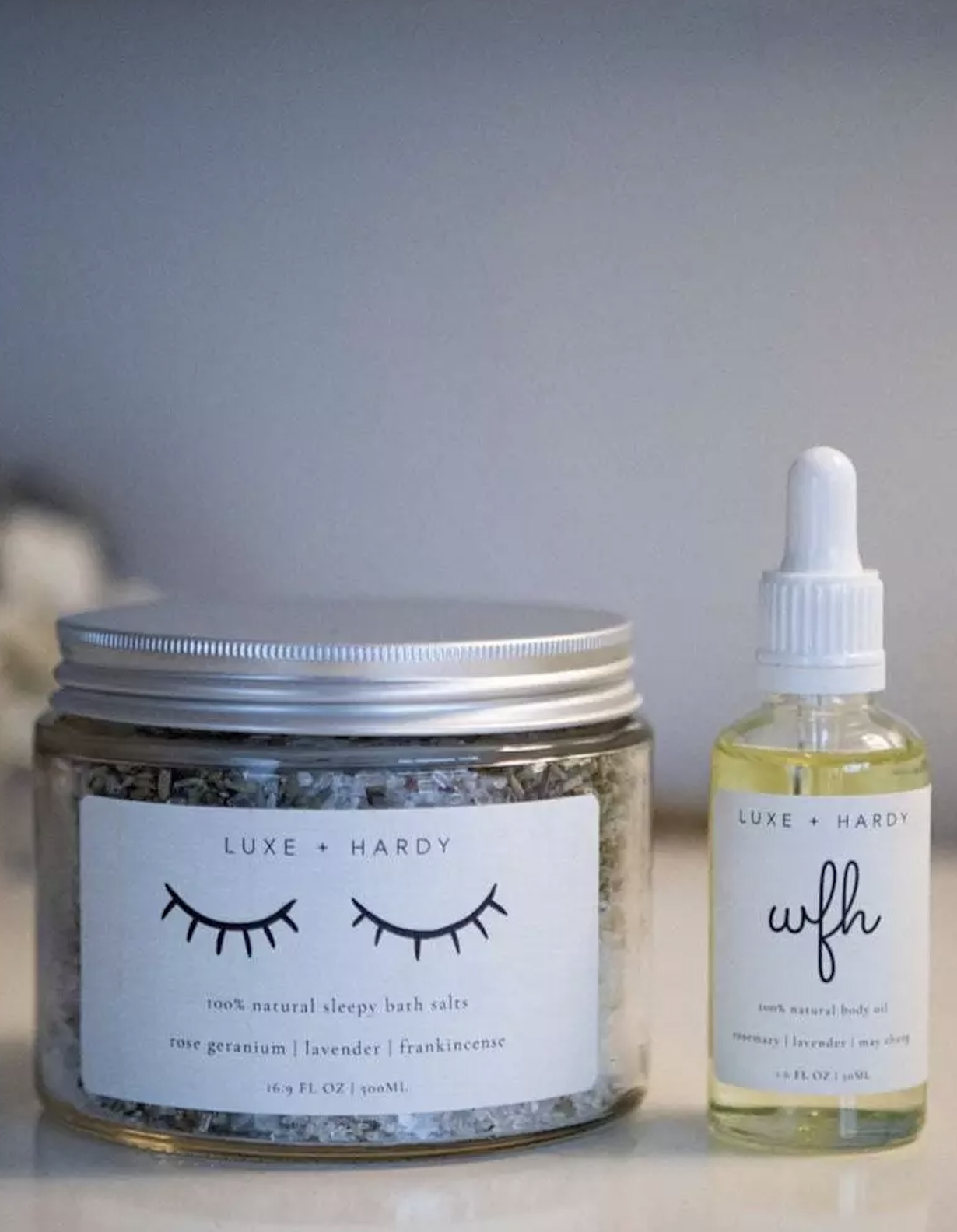Why You Should Care About The Fashion Industry’s Environmental Impact
Brace yourself for a real shocker before you continue reading this.
If you’re about to order some cute outfits online, you might want to close that tab and get a bottle of water in hand; this pill might be too big to swallow for just a gulp.
The thing is, the fashion industry affects our planet’s environmental integrity much more than you thought.
How much more?
Well, let’s put it this way: If you haven’t switched to green fashion already, we bet you will after reading this.
The fashion industry accounts for 10% of global carbon emissions, equivalent to 372 million cars driving in one year!
Within the last few decades, we have doubled the number of clothes produced, but we’re keeping them for half as long. This disposable trend known as ‘fast fashion’ has a tremendous impact on environmental sustainability.
You’re most likely wondering by now: how on Earth (no pun intended) is the fashion industry polluting our planet?
Simply put, the mass production and harmful processes that fast fashion uses to satisfy the ever-demanding consumers lead to numerous cases of environmental destruction and social injustice.
Let’s have a closer look at the areas you never thought fast fashion could possibly affect, but sadly, does:
1. Water Pollution
Fast fashion uses a surplus of water to treat materials, produce clothes, and dye them. As much as billions and trillions of liters of water are used each year just to make clothing.
At the end of the day, the leftover toxic mixture is dumped into nearby water sources, affecting marine life and also the livelihood of people who are in close contact with these contaminated waterways.
Another problem is the use of synthetic materials like nylon and polyester.
As they are made of plastic, every wash leaks tiny microfibres which pass through the filters and get released into our oceans, harming aquatic animals — which, by the way, we also consume. Plastic-filled seafood doesn’t sound very appetizing!
But just wait ‘til you hear the stats!
Fast fashion makes up around 20% of all industrial water pollution and about 31% of all plastic found in the ocean.
Not environmentally conscious at all, if you ask us.
2. Carbon Emissions And Energy
Can you picture how much air pollution is caused by the fashion industry?
Think about it for a moment while gulping some of that water.
Today, textile production is the second most polluting industry in the world after the oil industry.
The majority of fast fashion clothes are created with synthetic fibers (polyester, acrylic, nylon, etc.), all of which are made from fossil fuel, making the production a lot more energy-intensive than with natural fibers.
The production, manufacturing, and transportation of approximately 80 billion garments per year require a lot of fossil fuel-based energy, generating 1.2 billion tonnes of greenhouse gas emissions.
What’s worse, cheap synthetic fibres also emit gases like N2O, which is 300 times more damaging than CO2.
And since most clothing factories are in countries powered mainly by coal like China and India, they use the dirtiest type of energy in terms of CO2.
If this continues, by 2030, emissions from clothing production are estimated to rise by 60% reaching 2.8 billion tons of CO2, and the industry will account for 50% of global carbon emissions.
What chance does the planet have to breathe?
3. Social Impact
To produce the cheap clothing you find in large retail chains, fast fashion companies take advantage of developing countries — Bangladesh, Cambodia and India, to name a few — and exploit their cheap labor.
Most of these textile mills employ young women who have to work long hours in unsafe conditions, are often verbally abused, and don’t get paid living wages.
There have even been reports of companies forcing young children to work in their factories.
Thankfully, as social consciousness continues to grow, more and more people demand to know how their clothes are made and hold companies accountable for their employees’ working conditions.
Allowing fair trade for everyone involved in clothing production will give way to a better social standard.
4. Waste And Landfills
Remember that time you bought a cute shirt that was unbelievably cheap, only for it to get shabby after a few wears? Or that jewelry you found at a ridiculous price but soon ended up broken in the bin or, worse, caused an allergic reaction to your skin?
That’s fast fashion for you! Cheap clothing and accessories, often knock-offs of higher quality designs, that are mass-produced to keep up with the latest trends.
Because they are made with inferior materials, these garments don’t last long. They tear easily, get worn out, and fade. They’re basically designed to get you back to the store after a few weeks to buy a replacement.
What happens to the trashed clothes? They end up in landfills, where they stay for a very long time since they’re made of materials that take centuries to decompose naturally.
When these dumpsites get crammed, the clothes are incinerated, releasing hazardous chemicals and large quantities of toxic fumes into the air.
This causes several public health and environmental risks to those who reside in surrounding areas.
So, there is no such thing as ‘away’ when we throw away our clothes. They must go somewhere, and the final destination is usually the air that we breathe.
What Can You Do?
Before adding that outfit to your shopping cart, do a bit of research first. Look up the brand, dig into their website, and see if they employ sustainable practices.
Ask as many questions as possible to find out if they’re eco-conscious, fair trade, and ethical. If you’re not satisfied with the answers — or lack of answers — move on to the next brand.
Buy less and opt for green, natural, or even secondhand products and try to minimize washing your clothes. Most likely, you will end up with a better quality wardrobe and the satisfaction of doing right by the environment — and nothing beats that feeling!
There is a lot to think about in the fashion industry, and how to make it more eco-conscious is a question on the rise. But there is hope.
Customer participation is everything when it comes to changing the status of our environmental integrity.
There are plenty of green fashion brands and innovative designers that endorse closed-loop systems and practices that leave a lighter footprint on the planet.
We can all do our part by supporting such brands and making mindful choices. Understanding the power we hold is a critical step in achieving environmental sustainability with minor changes for a tremendous impact.
Remember, green looks good on you!
Wild Fabrik
At WILD FABRIK, we believe that fashion is a universal language through which we communicate who we are and what we stand for. With our blog entries we aim to provide you with an elegant guide to a sustainable lifestyle, packed with our experience, knowledge, and continuous research on sustainability matters. Driven by our passion for all things green, we hope to inspire you to be your own label and make conscious choices that look — and feel —good.
Is there something you’re particularly interested in reading from us? Drop us an email and let us know!
“If you haven’t switched to green fashion already, we bet you will”

- Dubai, Festival City Mall, Crescent Drive
- +971-54-382-8897
- Mon-Sun 9.00 - 18.00
- [email protected]
- View on map






